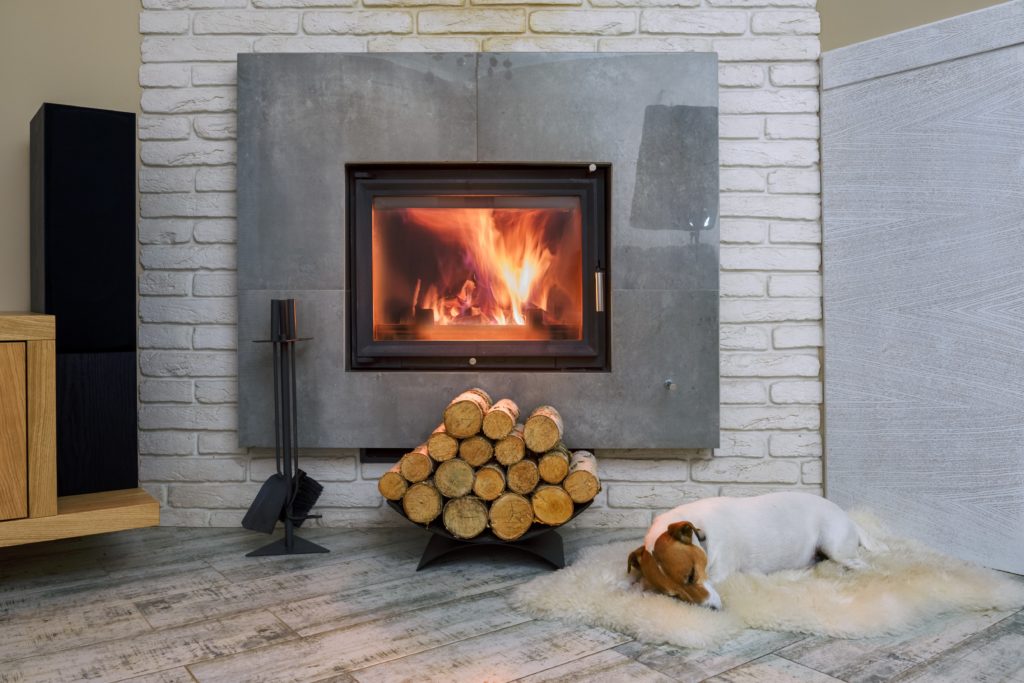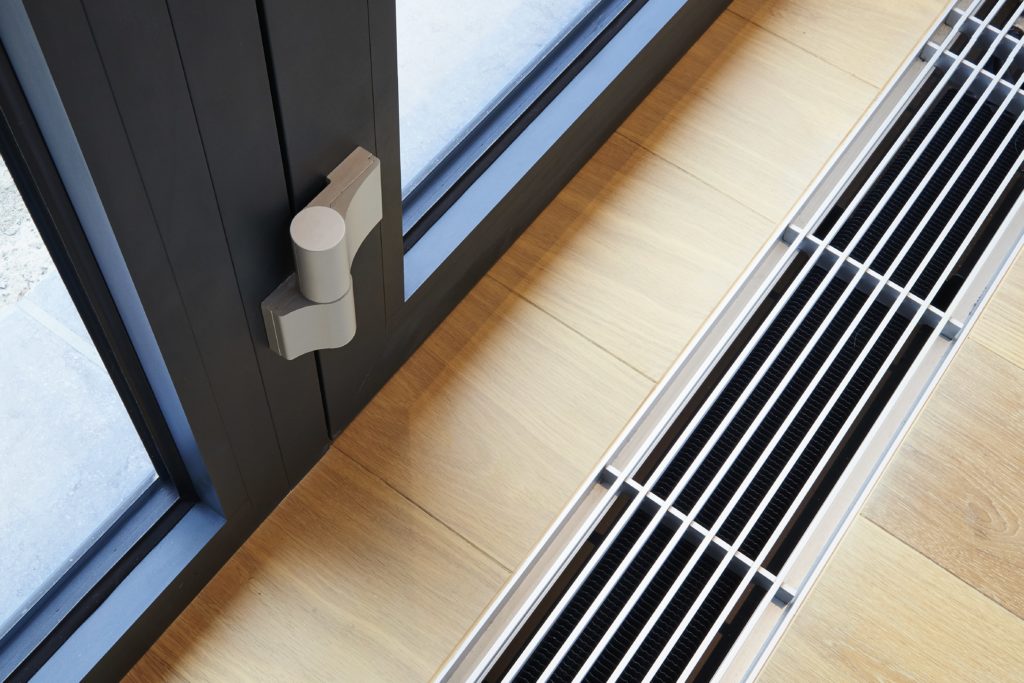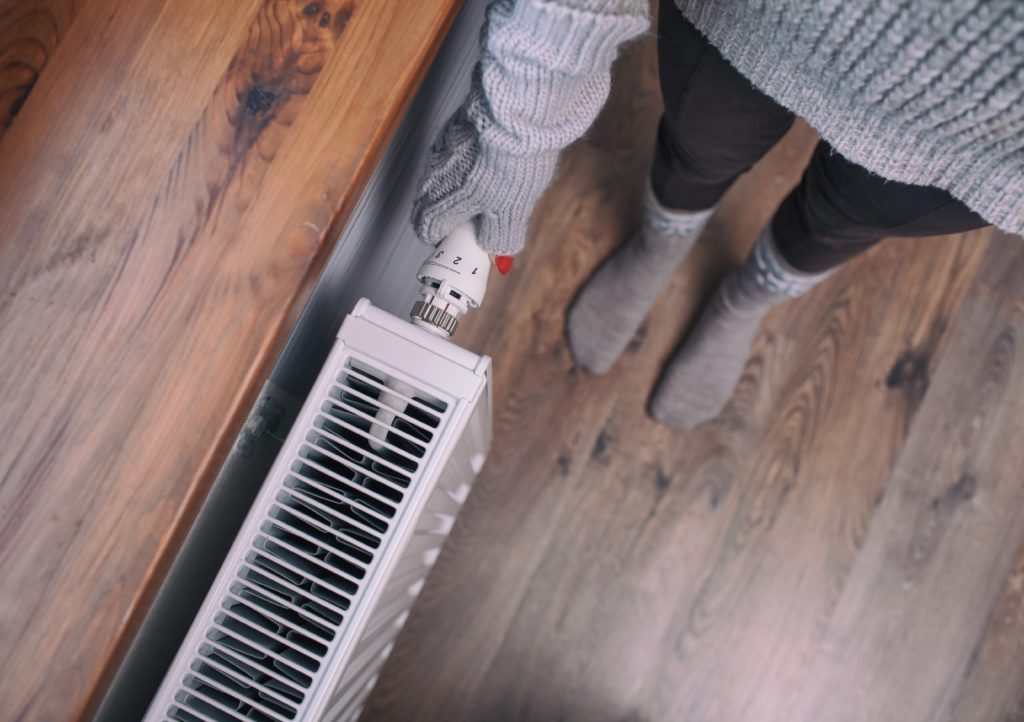In addition to taking steps to improve the air quality in your home, it is also possible to minimize the pollution emitted by traditional heating systems.
With up to 90% of our health outcomes highly dependent on the environment in which we live, a number of property developers are promoting the benefits of wellness real estate. Luxury homes designed to benefit the health of their occupants include cutting-edge smart technology to control the internal environment for optimal comfort and well-being. Although cleaner methods of heating our homes are becoming increasingly available, for now, traditional methods of heating are still prevalent, and the majority of American homes rely on a central furnace to warm their homes. These have the potential to contaminate our homes. In addition to taking steps to improve the air quality in your home, it is also possible to minimize the pollution emitted by traditional heating systems in the first place.
Open Fires and Log Burners

The oldest form of heating a home is through burning organic material in an open fireplace. The sight of a blazing coal fire or logs glowing in a burner is very inviting on a cold day. Without adequate ventilation, especially if used on a regular basis, a real fire can be a hazard to your health. Burning wood contaminates the air with pollutants, toxins, and airborne particulates, all of which can aggravate respiratory conditions such as asthma, cause damage to the lungs, as well as increase the risk of cancer and heart disease. In order to enjoy the appeal of an open fire safely, you can capture the essence of a real fire by creating a faux fireplace. This will give a focal point, architectural interest, and a touch of class to a room, all without generating harmful smoke.
Conventional HVAC Systems

Most homes are heated by a furnace, which delivers heated air throughout the house via a network of ducts. Furnaces can be powered by electricity or oil, but according to the US Energy Information Administration, 51% are run on natural gas. When a gas heating system is running smoothly, it is perfectly safe. However, older furnaces or improperly maintained HVAC systems may become compromised, causing gas leaks and the release of dangerous levels of carbon monoxide, both of which can present a serious health hazard. Every year, flu-like symptoms cause 20,000 people to seek treatment for CO poisoning, and it is recommended that you have your heating system regularly serviced by a qualified technician. This will also identify any problems with mold that can develop within the system. Breathing in mold spores can aggravate allergies and cause respiratory problems.
Gas Heating Appliances
As a supplemental source of heat, unvented heating appliances, typically fueled by natural or propane gas, are very efficient at warming a room. However, the National Association of Certified Home Inspectors warns that they also release unburned combustion products, including carbon monoxide, directly into the living space. Through burning hydrogen, water vapor is also produced, which can increase the risk of mold production if not removed from the air. Switching to electric or vented appliances is preferable, but if unvented heaters are required, they should be used sparingly and in unconfined spaces with adequate ventilation.
The majority of American homes still use conventional forms of heating that burn fossil fuels and cause pollution in the air. They vary in effectiveness, but all have the potential to cause harm if not properly managed and maintained. Add a Venta Humidifier to your home in an effort to maintain healthy humidity levels as well as reduce indoor air pollution.

